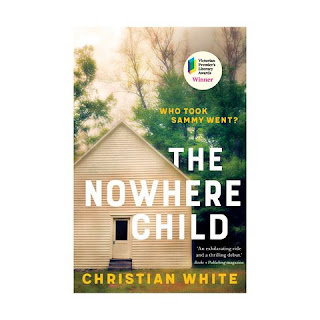Book review: The Pain Book - Finding hope when it hurts by Philip Siddall, Rebecca McCabe, Robin Murray
In the case of The Pain Book: Finding hope when it hurts by Philip Siddall, Rebecca McCabe and Robin Murray, it is fair to say it is a book created many times over in the lives of real people who have found hope in their pain.
The three lead clinicians of Greenwich Hospital Pain Clinic, Sydney, have loved and laboured over this book for many years and more than that, have proved it week by week in the clinic they run, with the patients they support.
This process shows in the text which is disarmingly simple and relatively brief when the complexity and vastness of the topic is considered. It speaks of a well-honed message delivered many times over, because that is what it is, along with the freshness of new research findings that are gathered along the way.
And when you think many of the readers of The Pain Book will be people living with persistent pain, simple and brief seems not only appropriate, but necessary.
That's not to say the book is simplistic and underdone. Rather, it covers the key issues of pain and its treatment and management with an ease that flows from the expertise of the authors. An explanation of the impact of neuroplasticity on the person with pain, sits alongside insights into the pain 'gate' in the spinal cord that can increase or reduce the intensity of pain, and not necessarily in proportion to physical damage.
The various kinds of pain - cancer, nocicepetive, somatic, musculoskeletal, visceral, neuropathic - to name a few, are briefly outlined as are the range of treatments available.
But the heart and the soul of the book is helping people - who may have been restlessly (and in vain) seeking a cure for their pain - to accept that there may be no cure, but that there is an answer. Because this is exactly the experience of millions of people worldwide - they live with pain that no drug, no surgery, no word from a doctor will ultimately banish.
And so The Pain Book, with respect and humility, suggests another option:
'...coming to a point where a person recognises the need to manage the pain rather than try and fix it can be extremely important. Of course, it is vital that the appropriate investigations are done to find the cause of the pain and that appropriate treatments are trialled. However if this has been done and it appears that nothing is likely to take away the pain, then it might be time to move on.'This does not mean that finding a cure is out of the question, but that the headlong, all-consuming search might come to an end and alternative approaches considered.
The Pain Book then addresses what we can do as individuals to minimise the control of pain in our lives and elevate our strength and well-being. Throughout the book are stories of people who have done just this with remarkable results.
'When it was first suggested that deep, controlled breathing and relaxation could help reduce the pain I was downright angry. Clearly these people had no respect for the agony I was in. However, I agreed to try the approach, the aim being to "flick the switch" that confuses pain origin. I was truly amazed. For the first time in my life I felt I had gained some kind of control over the pain.' Irene, 55, aged care nurse.The steps continue moving from the physical such as relaxation and exercise to the psychological and spiritual such as gratitude, acceptance, courage and hope. And The Pain Book Extra at the end of the book includes mental and physical exercises to help people get started on their own recovery.
As foreword writer Judith Lucy says, 'I don't think you need to have pain of any kind to get something from this book.' I tend to agree...
The Pain Book: Finding Hope when it hurts, Philip Siddall, Rebecca McCabe, Robin Murray. HammondPress, August 1, 2013. Paperback (and epub, Kindle) 182 pages, illustrated. RRP $29.95
PURCHASE The Pain Book by clicking on the cover image above (kindle version) or on the Booktopia link below or by going to www.thepainbook.com or your local bookstore.
Disclaimer: Reviewer Peter Hallett works for HammondPress and was involved in publishing The Pain Book but has no personal commercial interest.




Comments
Post a Comment